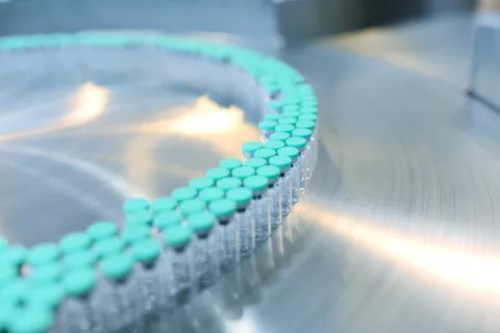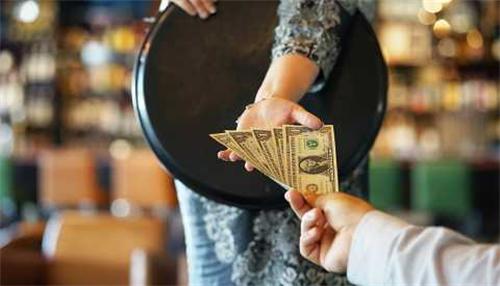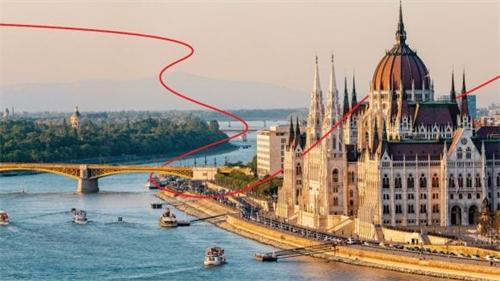Pharma Patent Cliff: Generic Drug Makers Poised for Takeoff

Once considered a shield for innovation, pharmaceutical patents are now turning into a Damoclean sword hanging over the heads of drug giants. Amid seismic shifts in the global pharmaceutical industry, a seemingly technical term is triggering far-reaching market disruptions — the “patent cliff.”
What Is the “Patent Cliff”?
The “patent cliff” refers to a situation where a large number of blockbuster drugs — high-revenue branded pharmaceuticals — simultaneously lose their patent protection, leading to an abrupt loss of market exclusivity. The once sky-high profit margins of these drugs plummet like boulders falling off a cliff. Meanwhile, generic drug manufacturers lie in wait, ready to launch equivalent alternatives at significantly lower prices.
Dr. Joanna Sadowska notes that close to 200 medications worldwide are anticipated to come off patent within the next ten years. Among them are 69 blockbuster drugs, each generating over $1 billion in annual sales. The years 2026 to 2030 are projected to mark a critical period, as numerous flagship therapies face the end of their exclusivity, potentially unleashing major disruptions and realignments across the global biopharma landscape.
Who Is Most at Risk?
This “cliff-edge battle” spells crisis for pharma giants — especially those whose revenue heavily depends on a small number of blockbuster drugs. Several major pharmaceutical companies, including GSK with drugs like Tivicay and Dovato, Bristol-Myers Squibb with Eliquis and Opdivo, and Merck with its flagship product Keytruda, are approaching critical patent expiration dates in the near future.
Industry estimates suggest that some companies could lose up to 50% of their U.S. revenue between 2026 and 2030 due to expiring patents. With the cost of developing new drugs steadily rising and success rates remaining low, it’s becoming increasingly difficult to offset losses with new product launches alone.
The “Blitzkrieg” of Generics
The strategy of generic drug makers is simple and effective: wait, prepare, and seize. Once a branded drug’s patent expires, generics flood the market with cost-effective alternatives. Though their R&D expenses are much lower, generics must meet stringent requirements such as clinical and bioequivalence before approval — enabling them to replicate and scale quickly once authorized.
More importantly, today’s generic manufacturers are no longer content with simple imitation. A growing number are innovating in formulation technology, drug stability, and patient compliance, driving the rise of “high-quality generics” and even “complex generics” as market frontrunners.
Branded Pharma’s Counteroffensive
Faced with aggressive competition, originator companies are far from defenseless. To prolong market exclusivity, they deploy a range of legal and strategic maneuvers:
- Patent Extensions: Filing additional patents on formulations, dosages, or combinations to build a dense “patent thicket” that hinders generics.
- Patent Litigation: Initiating lawsuits as soon as generics file for market approval, delaying their launch timelines.
- Settlement Agreements: In some cases, originators reach deals with generics for delayed market entry in exchange for financial incentives.
- Information Control: Minimizing early-stage patent disclosures to reduce the risk of future patent challenges.
However, while legal tactics can buy time, they cannot prevent the inevitable. Patent expirations are structural, not situational — and delays don’t resolve the deeper crisis.
A Changing Market Landscape
The rise of generics is more than a nuisance to pharma giants — it’s a disruptive force pushing the industry to transform. For years, big pharma followed a closed-loop model of “R&D → launch → patent protection → profit extraction → M&A,” creating an overreliance on blockbuster drugs.
Now, this model is increasingly unstable. Once patent protection ends, profits plummet, and many firms resort to layoffs or acquisitions to shore up earnings. The real future lies not in chasing another blockbuster, but in embracing open innovation and niche differentiation — such as investing in therapies for unmet medical needs or building collaborative R&D ecosystems.
Winners and Losers?
The patent cliff highlights how market dynamics operate within the pharmaceutical industry. While patents provide strong financial incentives and drive research and development, they also contribute to elevated drug prices, placing a significant financial strain on patients. The arrival of generics lowers costs and increases accessibility, while also pressuring originators to innovate more efficiently.
Still, not all generics are “perfect substitutes.” Though the active ingredients match, differences in formulation, excipients, or production conditions can affect efficacy. Debate around whether generics offer the same therapeutic outcomes continues to persist in the market.
This grand tug-of-war — involving drug lifecycles, technology transfer, market regulation, and innovation incentives — has no permanent winners. The patent cliff is not only a crisis for originator firms and an opportunity for generics, but also a major turning point for the entire industry.
In the end, the companies that survive this wave of patent expirations won’t be those clinging to legal defenses, but those ready to reinvent their R&D logic, restructure business models, and redefine the true value of innovation.
As the warning goes: “For companies dancing on the edge of the cliff, they must either grow wings — or fall into the abyss.”



